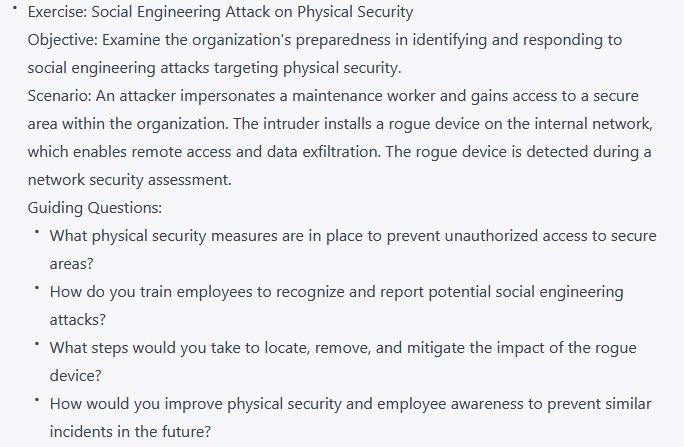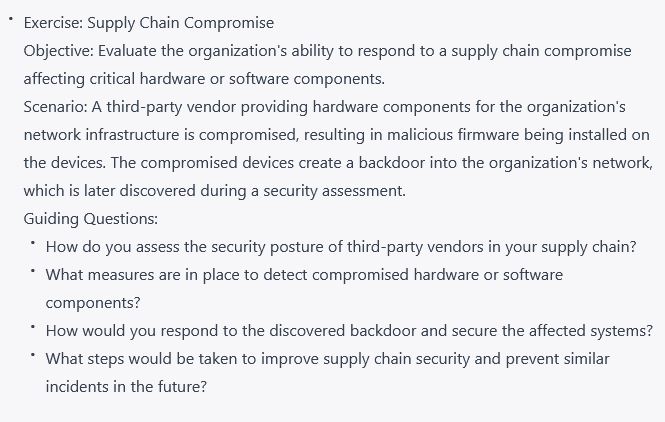I once taught first-year international students an introduction to a university course. Several students mentioned they recorded their lectures because it was a challenge for them to follow their instructors with the language barrier and the instructors speaking style. They would then review their recordings after the class. With this method, students can focus on the instructor with their heads up instead of having their heads down to take notes thereby missing some visual and oral cues from the professor when they’re emphasizing essential concepts.
An instructional designer told me that seats behind the third row in a big lecture hall may as well be considered distance learning. The students who engage by asking questions and participating in discussions are few and often seated in front of the class. During the pandemic, the same instructional designer also noted that Zoom sessions might appear more intimate for students because they can see the instructor up close, including their facial expressions, rather than a minuscule figure in front of an auditorium.
The thoughts above made me think ChatGPT and other generative AI tools could enhance learning and drive transformative changes to higher education. Here are some possibilities:
Flipped classroom. Just like the first example I provided above, AI tools that summarize materials, and introduce concepts in different modes beyond lecture format that may resonate more with the student’s learning styles, can prepare students for active discussions in the classroom. Instructors can provide asynchronous materials (videos, etc.) that students can study before class, and the instructors can then use the class sessions for interactive discussions.
Guide on the side instead of the sage on the stage. Related to the idea above, if higher education is concerned about ChatGPT being used as a cheating device or leading students to become lazy/disengaged, the role of instructors could shift from someone who lectures on stage to an active facilitator. When I attended courses at the UC Berkeley Haas Business School for my executive leadership program and a leadership academy, I was in awe of the caliber of the faculty members. They were experts in their respective fields and skilled facilitators who fostered an engaging and collaborative learning environment. Using the Socratic method, they solicited students’ ideas through dialogues instead of monologues, which was a refreshing experience for a student like me.
Personalized learning. Generative AI as a feedback mechanism can help bridge the gap for students who may be struggling with language barriers and enhance the overall learning experience for all students by addressing their unique strengths and areas for growth. AI tools like ChatGPT can enable personalized learning experiences by providing students with targeted resources and customized feedback based on their learning needs and preferences.
Enhanced accessibility. AI-powered transcription and translation services can make course content more accessible for international students, students with disabilities, or those who prefer learning through different modalities. For example, universities can provide recorded lectures transcribed and translated into other languages, and visual aids can describe visual objects for students with visual impairments in detail, similar to ChatGPT for Be My Eyes.
Virtual mentorship and coaching. Universities can use AI tools like ChatGPT to provide personalized guidance, mentorship, and coaching to students outside the classroom. Students can access on-demand support, helping them navigate academic and personal challenges and improving their overall university experience. An application of this concept is to provide students with self-service applications that can “nudge” or remind them to take certain actions based on information available in student information, learning management systems, or other university systems.
Data-driven teaching and learning. AI tools can analyze vast amounts of student performance and engagement data, allowing instructors to make real-time data-driven decisions or to have better information about their students. One example of this concept is a dashboard for faculty that includes information about their students, including their socioeconomic status, demographic backgrounds, and academic performance in their current or previous courses related to or prerequisites to their class. Along with the data are suggestions for adjusting their courses to improve their students’ performance. The use of generative AI in this way can help faculty members identify struggling students early on, provide targeted support, and continuously improve their teaching strategies and course content.
By adopting the concepts above and integrating AI tools like ChatGPT into higher education, institutions can create more engaging, inclusive, and effective learning environments that enhance student success and better prepare students for the dynamic world they will enter upon graduation. In this new paradigm, faculty members will continue to play a crucial role, not as the sole distributors of knowledge but as skilled facilitators and guides who support and empower students on their learning journeys.









